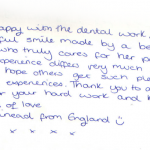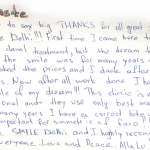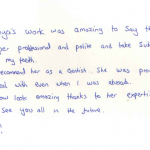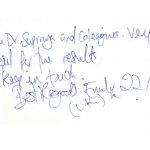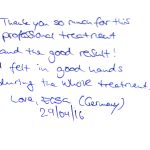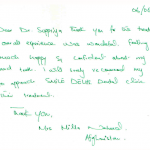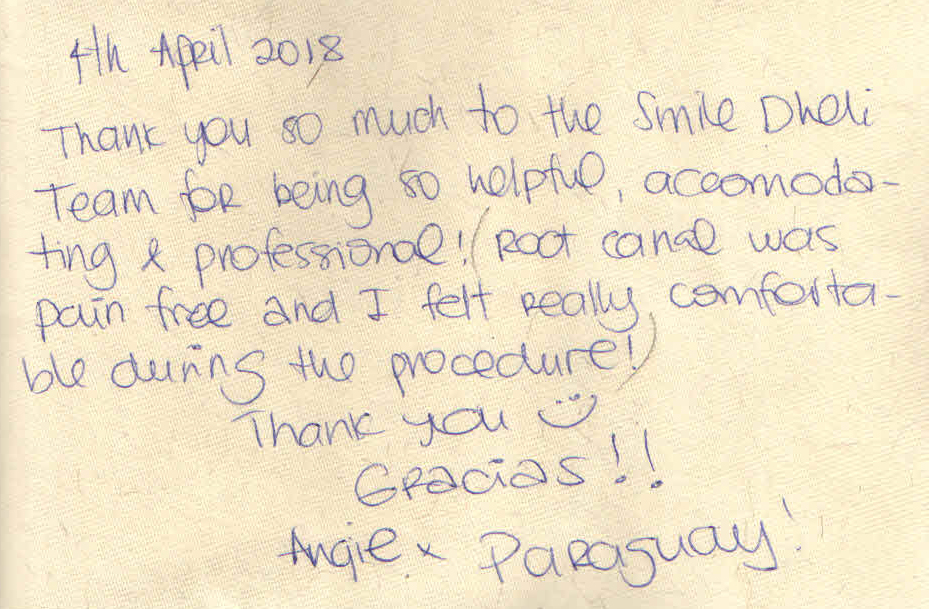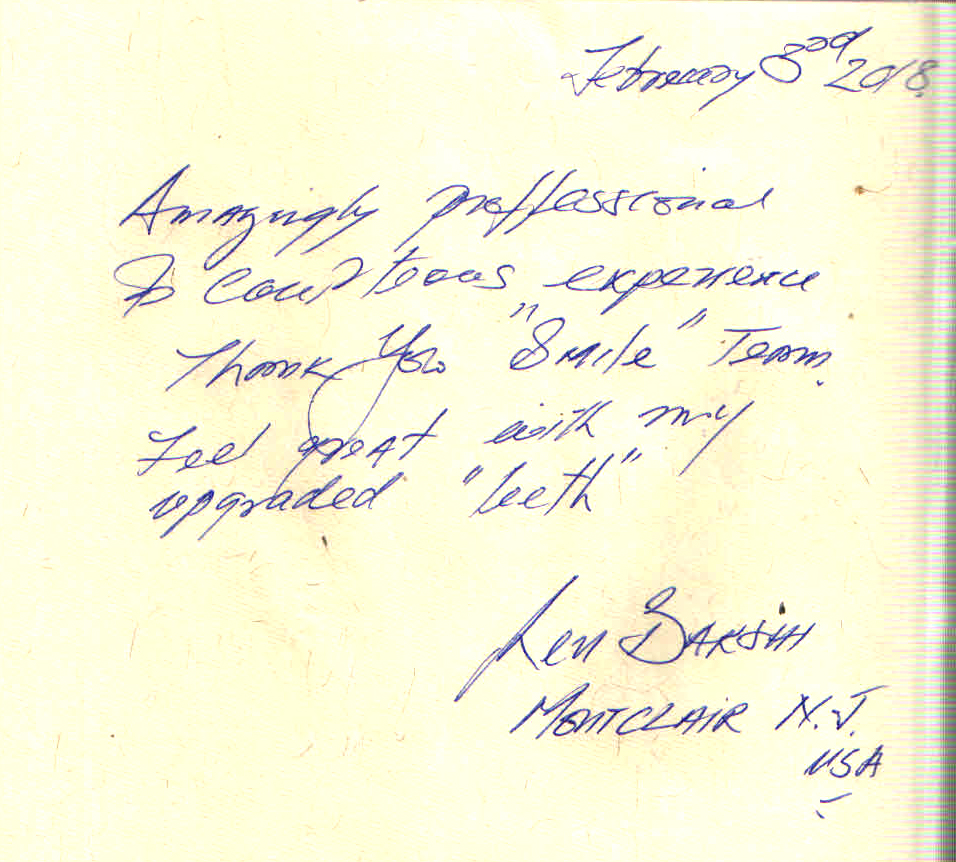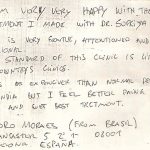All Ceramic Dental Crowns and Bridges
All Ceramic Metal-Free Crowns
These crowns are ideally suited to people who prefer a natural appearance, as they are the most cosmetically pleasing crowns.
The biggest advantage of placing an all-ceramic crown, instead of other types, has to do with appearance, as it has superior aesthetics.
These crowns are ideally suited when patients prefer a natural appearance where metal compatibility issues exist.
They may be more suitable for people with metal allergies as there is no risk of an allergic reaction or sensitivity to hot or cold foods.
The average life of a crown is around 10 years. The most important factor affecting the lifespan of any restorative treatment is oral hygiene of the patient.
At ‘Smile Delhi-The Dental Clinic’, the all ceramic crowns which were fitted in year 1, have lasted till the current year, 2018
There are two types of ceramic crown:
- Zirconia- These crowns are high on strength and are ideally used for back teeth.
- E-Max- These crowns are high on aesthetics and are ideally used for the front teeth.
ADVANTAGES OF ALL CERAMIC CROWNS
- These crowns are ideally suited to people who prefer a natural appearance as they are the most cosmetically pleasing crowns.
- The material used is ‘bio-compatible’ which is kind to your gums and tissues.
- There is no risk of any allergic reaction or sensitivity to hot or cold foods.
- Whether you require veneers, crowns, or a fixed bridge, the use of ceramic can provide the aesthetics, longevity, and durability you desire.
All-ceramic or all-porcelain crowns provide the best natural colour, and they are the top quality crowns worldwide. Purely made of ceramic, which is translucent, these crowns are very life-like and blend well with the rest of your natural teeth. They have the ability to replicate both the form and function of natural teeth. All ceramic crowns are constructed using computer technology, e.g. CAD/CAM technology which is based upon 3D design. Apart from having super aesthetics, these crowns are valued for their metal-friendly characteristic. Patients who have metal-compatibility issues, will face no risk of an allergic reaction or sensitivity to hot or cold foods. The average life of a crown is around 10 years. The most important factor affecting the lifespan of any restorative treatment is oral hygiene of the patient.
Porcelain Fused to Metal Crowns(PFM Crowns)
PFM crowns are a combination of porcelain/ceramic and metal crowns. These crowns have metal inside and porcelain outside, which gives the crown a natural looking appearance. These are second to all-ceramic crowns in appearance and resemble natural teeth. However, the metal underlying the crown’s porcelain can create a dark line. Even if some of its surface layer of ceramic/porcelain fractures off, the metal substructure underneath will stay intact, maintaining the crown’s seal and reinforcement of the tooth. The best part of these crowns is the stability and strength. These are best for patients looking for a natural look as well as durability.
ADVANTAGES OF PORCELAIN FUSED TO METAL CROWNS
- The underlying metal fused with the porcelain provides stability and strength to the crown.
- They have a very high rate of success long term.
Gold crowns
Gold crowns are the most conservative in terms of the alterations to the tooth as well as being a very “mouth friendly” material. These crowns require the least amount of tooth to be removed, and they never fracture and are extremely “biocompatible” in the mouth as well as to the tooth. However, it is gold, and this means it stands out from the surrounding white teeth, which make it more suitable for back teeth. Gold crowns have no match with regard to long-term service, and provide minimal wear to opposing teeth, which is their greatest advantage.
Advantages of Gold Crown
- They are long lasting.
Gold crowns (and metal ones in general) are very strong and can be expected to withstand even the heaviest biting and chewing forces well. It would be uncharacteristic for one to chip or break. And of all of the different types of crowns, all-metal ones generally are the most durable.
- They are also kind to neighbouring teeth.
The precious alloys that are used to make gold dental crowns are as strong as tooth enamel and don’t wear easily. The crown, therefore, won’t create excessive wear on teeth that oppose it (the teeth that it bites against).
- Good biocompatibility
In terms of how your crown might affect you or your mouth.
- Hypoallergenic
While possible, it’s relatively rare for a person to have an allergic sensitivity to a crown that’s been made using a “gold” (high-noble) dental alloy.
Dental Bridge
A bridge is made of two crowns, one on each tooth on either side of the gap. It replaces missing teeth or a couple of useless teeth by using the surrounding teeth as a foundation. This creates a literal “bridge” between the remaining teeth and one or more missing teeth. The bridge is supported by either natural teeth or dental implants.
Advantages of Dental Bridge
- A dental bridge can restore your ability to properly chew and speak, as well as distribute the biting forces properly by replacing missing teeth, thereby preventing teeth from shifting out of position and therefore, restore your smile.
- It results in a smile that is fully restored in terms of function and appearance.
- Due to recent aesthetic advances in dentistry, today’s dental bridges are virtually indistinguishable from natural teeth.







